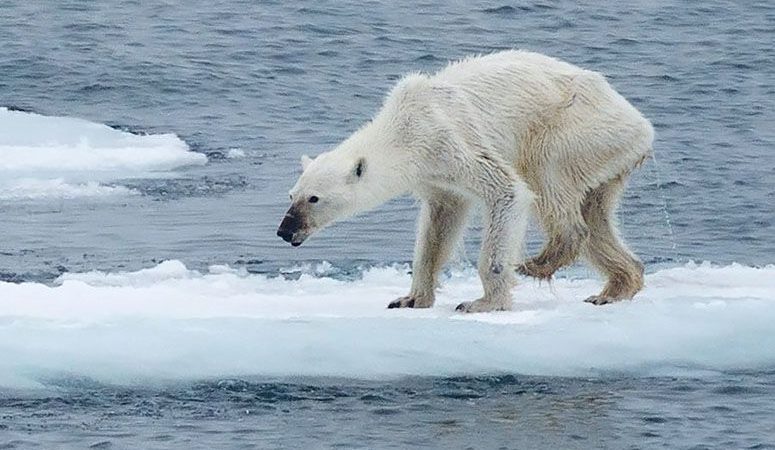Item Link: Access the Resource
Date of Publication: June 9
Year of Publication: 2021
Publication City: Washington, DC
Publisher: The Hill
Author(s): John P. Holdren,
The part of Earth’s surface lying north of the Arctic Circle encompasses an area of 7.7 million square miles, of which 70 percent is open or ice-covered ocean. Only eight nations possess territory or territorial waters in this region: the United States (because of Alaska), Canada, Russia, Finland, Norway, Sweden, Iceland and Denmark (because of Greenland).
A mere 4 million people inhabit the Arctic. Indigenous people make up about 10 percent of the total, spread across two dozen ethnolinguistic groups (e.g., Inuit, Aleut, Saami). Beyond its value to the people who live there, however, the Arctic has long been recognized as having considerable importance beyond the region. It is significant militarily, because of the Arctic’s location, linking all of the world’s northern land masses. It’s also significant economically for its oil, gas, strategic metals, and ocean fisheries; and it’s prized around the world, even by people who will never see it in person, for its spectacular landscapes and wildlife.
Read the full article here.
The views and opinions expressed through the MAHB Website are those of the contributing authors and do not necessarily reflect an official position of the MAHB. The MAHB aims to share a range of perspectives and welcomes the discussions that they prompt.
